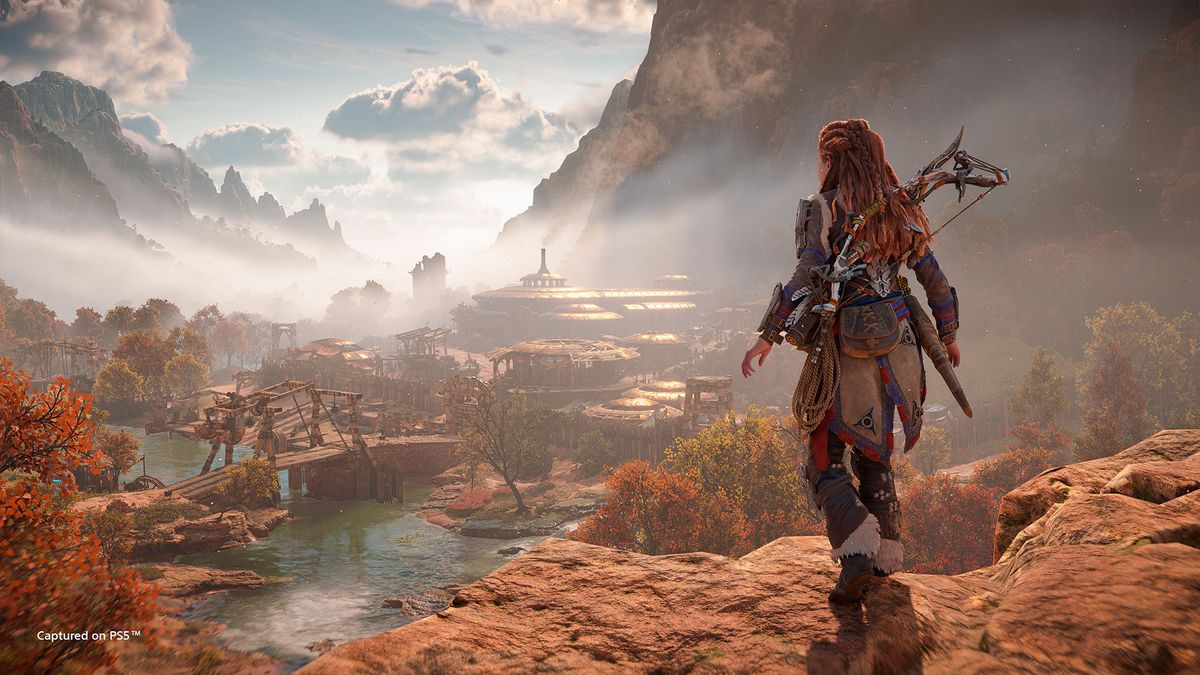Portal’s GLaDOS is one of the most memorable villains of all time, but would you believe Valve only added her in to make people realize they weren’t just playing an extended tutorial?
We came so close to a world without the casually murderous artificial intelligence, and we only found out about it now thanks to an interview with Valve game designer Robin Walker. GR sister site TechRadar (opens in new tab) spoke with Walker in a wide-ranging interview and recently shared his explanation of how GLaDOS narrowly came to be after playtesters kept coming back with the same question.
“GLaDOS didn’t exist then – it was just ‘the game’,” Walker explained. “And I remember we had playtesters come in and they would have a lot of fun and I remember more than one of them would finish and, essentially, in their feedback say, ‘All this training stuff was really fun but, like when’s the game start?’ And we were all like, ‘Man, this is the game!?’ Like, what makes someone go through that experience of those levels and come out and ask where’s the game start? What are the cues they are looking for that make them believe this is the game?”
Before you barely avoid death by incinerator and begin to roam behind the walls of the Aperture Science Enrichment Center, Portal’s stages all feel sterile and disconnected, progressing only in terms of the mechanics you need to use to solve their puzzles. Without GLaDOS’ increasingly transparent distaste for you and everything you represent, it honestly would have some tutorial or “Challenge Pack DLC No. 3” vibes.
“And so GLaDOS came out of that, this sort of set of theories we had – [the players] have to believe that there’s a purpose for all this learning, that there needs to be some kind of antagonist, there needs to be some threat, some force, something that makes it look like it’s going to push back,” Walker said. “That maybe there needs to be some concept of what failure can be for the gamer.”
Valve is working on more games after Half-Life: Alyx, but it isn’t ready to announce them yet.
 Game News Video Games Reviews & News
Game News Video Games Reviews & News



